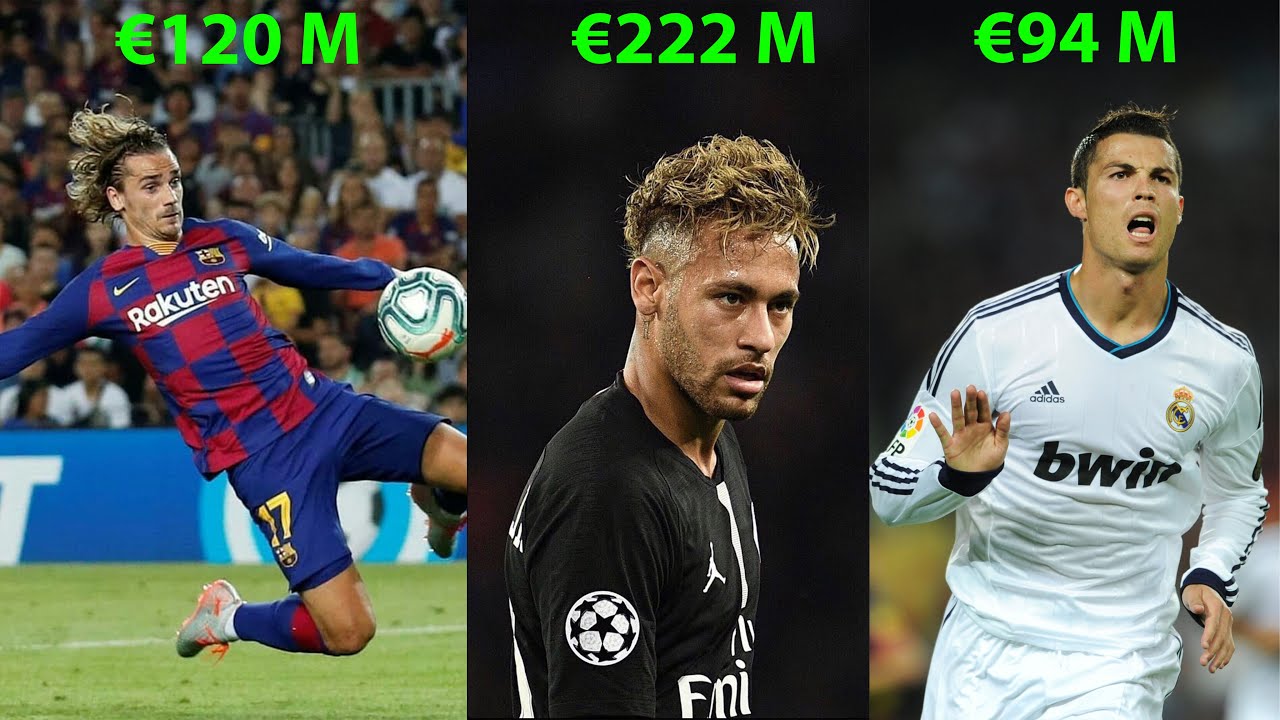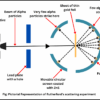
The football transfer window is a spectacle of ambition, a period where dreams are bought and sold for astronomical sums. Each summer, and again in winter, the sport`s elite clubs unleash their financial might, hoping to acquire the singular talent that will transform their fortunes. Fans, agents, and pundits alike are caught in a whirlwind of speculation, anticipation, and the intoxicating promise of a game-changing signing. Yet, beneath the glittering headlines and record-breaking fees lies a sobering truth: not every grand investment yields the desired return. In a market where success is never guaranteed, some of the biggest gambles prove to be the most spectacular failures.
The Anatomy of a Flop: More Than Just a Price Tag
Defining a “worst transfer” goes beyond merely looking at the fee paid. It`s about the value a player delivered in relation to that cost, factoring in performance, consistency, injuries, and the overall impact on the club. The following cases serve as stark reminders that even the most celebrated names, when transplanted into new environments, can falter under the immense pressure of expectation and a multi-million-euro burden.
The Weight of Expectations and the Cruelty of Fate
Some transfers promised world-beating performances, only to be derailed by unforeseen circumstances or a dramatic decline in form.
Kaka to Real Madrid: The Golden Ball`s Fading Shine (€67 Million)
In 2009, Real Madrid’s signing of 2007 Ballon d`Or winner Kaka alongside Cristiano Ronaldo was hailed as a new Galáctico era. While Ronaldo ascended to legendary status, Kaka’s Madrid tenure became a cautionary tale of unfulfilled potential. Plagued by persistent injuries, the sublime attacking midfielder who dazzled at AC Milan managed just 29 goals in 120 appearances over four years before a return to his former club. The expectation for a global superstar to redefine an era was cruelly unmet, primarily due to physical setbacks.
Eden Hazard to Real Madrid: From Stamford Bridge Star to Bernabéu Enigma (€100 Million)
For years, Eden Hazard was Chelsea`s undisputed talisman, a magician on the ball capable of winning games single-handedly. His 2019 move to Real Madrid for €100 million was anticipated as the final piece in their attacking puzzle. What transpired was a confounding descent into obscurity. Injuries became his constant companion, limiting him to a mere 76 matches and a paltry seven goals in four years before his premature retirement in 2023. The transfer, meant to solidify Madrid`s attacking prowess, instead became a monument to what might have been.
Neymar to Al-Hilal: A Brief, Lucrative, but Costly Saudi Stint (€90 Million)
Neymar’s career has been defined by high-profile transfers, but his 2023 move to Saudi Arabian side Al-Hilal stands out for its staggering cost versus minimal output. While the financial remuneration for the player was immense (a reported $100 million annual salary), his on-field contribution was virtually non-existent. An ACL injury after just seven games effectively ended his time there, averaging out to an astonishing €12.8 million per match played. A stark demonstration that even massive spending on a global icon doesn`t guarantee longevity or performance.
Misfits, Miscalculations, and the Search for Identity
Sometimes, the player is talented, but the fit is wrong, or the club`s judgment is clouded by desperation.
Fernando Torres to Chelsea: The Goal-Scoring Enigma (€60 Million)
When Fernando Torres swapped Liverpool for Chelsea in 2011, it was one of the most dramatic deadline-day moves. A prolific striker at Anfield, Torres struggled profoundly to replicate his form at Stamford Bridge. Despite winning the Champions League with Chelsea, his goal tally of 45 in three and a half years fell far short of expectations for a €60 million forward. He never quite rediscovered the lethal touch that made him a Premier League sensation, becoming a symbol of an expensive acquisition that simply didn`t click.
Philippe Coutinho to Barcelona: The €120 Million Boomerang
Barcelona’s pursuit of Philippe Coutinho in 2018, costing €120 million, was meant to replace Neymar and provide creative impetus. Instead, it became one of the club`s most financially ruinous and embarrassing decisions. The Brazilian struggled to find a consistent role, leading to a loan spell at Bayern Munich. The ultimate irony? During his loan, Coutinho scored two goals against his parent club, Barcelona, in a humiliating 8-2 Champions League quarter-final defeat. It was a moment of poetic justice for Bayern, and profound pain for Barcelona, highlighting a monumental misjudgment.
Romelu Lukaku to Chelsea: The Second Coming, and Swift Departure (€115 Million)
Romelu Lukaku`s return to Chelsea in 2021 was meant to be a triumphant homecoming, a club-record €115 million investment in a proven goalscorer. Fresh off a dominant spell at Inter Milan, expectations were sky-high. However, a combination of tactical misalignments, public comments, and a struggle for form saw him score just eight league goals that season. Within a year, he was loaned back to Inter, a staggering financial write-off that perfectly encapsulated the unpredictable nature of the transfer market and the risks of revisiting past relationships.
Financial Follies and Ripple Effects
Some transfers are not just poor investments in isolation but create cascading financial and sporting issues that haunt clubs for years.
Paul Pogba to Manchester United: The €105 Million Round Trip
Paul Pogba`s journey at Manchester United is a unique saga of transfer market circularity. Having left United as a free agent for Juventus in 2012, only to return in 2016 for a then-world-record €105 million, his second spell was riddled with inconsistency, injuries, and a constant debate over his true impact. The irony was complete when he again left United as a free agent in 2022, rejoining Juventus. To pay €105 million for a player you previously let go for free, only to lose him for free again, is a remarkable financial blunder, compounded by the subsequent doping ban he received.
Antoine Griezmann to Barcelona: The Messi Domino Effect (€120 Million)
Perhaps the most symbolically damaging transfer on this list is Antoine Griezmann`s €120 million move from Atletico Madrid to Barcelona in 2019. This massive outlay occurred at a time of escalating financial difficulty for Barcelona. Griezmann, while a talented player, never truly integrated into Barcelona`s system, and his output did not justify the immense fee. Crucially, the financial strain caused by such large, underperforming acquisitions directly contributed to Barcelona’s inability to offer Lionel Messi a new contract in 2021, forcing his departure. Griezmann’s subsequent return to Atletico on loan, and then permanently, cemented his transfer as a central cause of Barcelona’s decline and the unimaginable loss of their greatest ever player. It`s a case where a transfer`s failure reverberated far beyond the pitch.
The Enduring Lesson: Money Doesn`t Guarantee Success
The stories of these colossal transfer failures serve as compelling reminders that in the intricate world of professional football, even the most meticulous planning and exorbitant spending do not guarantee success. The transfer market remains a wild frontier, where the allure of a star player can sometimes blind clubs to the inherent risks. From injuries and tactical misfits to the sheer weight of expectation and cascading financial consequences, these multi-million euro mistakes underscore a fundamental truth: a player`s true value isn`t just in their price tag, but in their ability to deliver when it matters most, a feat that, for many, proved an insurmountable challenge.








